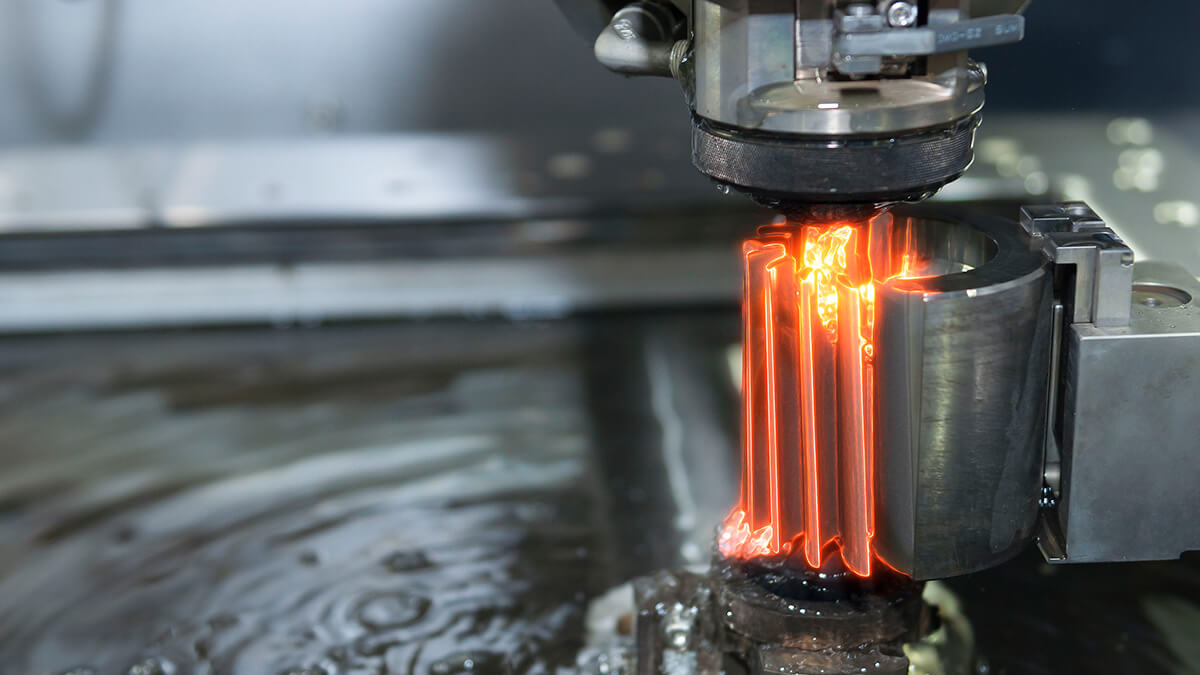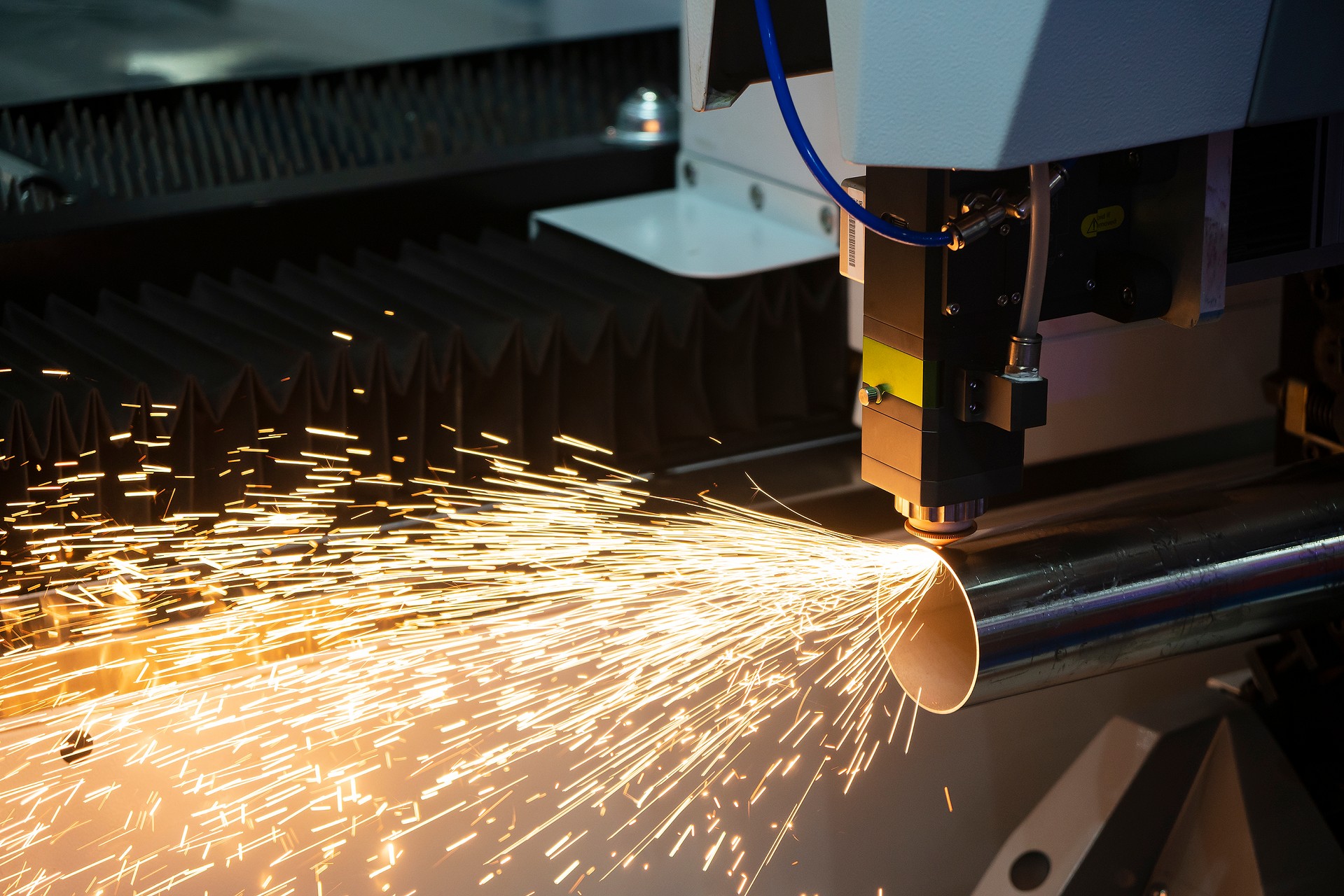Industrial manufacturing requires machining tolerances. EDM machine can cut metal through electric current.
EDM - An Abbreviation for Electrical Discharge Machining
In the early days, it was difficult to manufacture parts with fine shapes and tight tolerances using conventional machining techniques, but nowadays, parts with tight tolerances can be achieved by the electric discharge cutting process using wire cutting. The precise cutting of metal through a blade that is no thicker than a human hair is the processing technology that wire sparks can do.
EDM stands for electrical discharge machining, in other words using charged filaments to remove tiny particles and further cutting to form parts. The conductive filament carries the charge on one side and the material on the other side. When the two are close, the electric current is generated by the electric current to melt the gap. The dielectric liquid separates the two electrodes and applies a voltage to produce a periodically varying current discharge to process the material. The advantage of EDM is that it can cut hardened materials and exotic alloys while also providing excellent surface finishes as a bonus. The result is often a reduced need for post-processing or surface treatment.
The working principle of Wire Electrical Discharge Machining (EDM) involves the use of electrical sparks to remove material from a workpiece. It is a non-conventional machining process used to shape hard materials that are challenging to machine using traditional methods.
How Does A Wire Electrical Discharge Machining (EDM) Work?
Workpiece and Wire: In Wire EDM, a thin, electrically conductive wire is used as an electrode, and it is typically made of brass or copper. The workpiece, which is the material to be machined, is also electrically conductive.
Spark Generation: The wire electrode is guided precisely close to the workpiece's surface, but it does not make physical contact. An electrical voltage is applied between the wire and the workpiece, creating a potential difference.
Dielectric Fluid: Both the wire and the workpiece are submerged in a dielectric fluid (often deionized water) to facilitate the machining process. The dielectric fluid acts as an electrical insulator, preventing the spark from occurring before the desired location is reached.
Material Removal: When the voltage is applied, electrical discharges occur between the wire and the workpiece at specific locations. These electrical discharges create intense heat, which melts and vaporizes a tiny portion of the workpiece material.
Material Flushing: The vaporized material, along with the debris created during the process, is flushed away by the continuous flow of dielectric fluid, leaving a narrow and precise cut in the workpiece.
Wire Advancement: As the material is removed, the wire is continuously fed from a spool to ensure a fresh, un-worn portion of the wire is used for machining.
Controlled Paths: To create the desired shape on the workpiece, the wire follows a pre-programmed path, guided by CNC (Computer Numerical Control) technology.
Accuracy and Precision: Wire EDM is known for its high accuracy and precision, making it suitable for intricate and delicate machining operations.
The Wire EDM process continues until the desired shape is achieved on the workpiece. It is widely used in various industries, including aerospace, automotive, electronics, and medical, where intricate and precise components are required.







.png)






